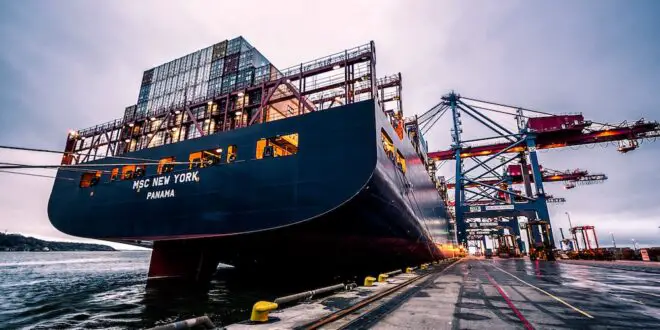Shipbuilding is a complex and challenging process that requires a wide range of tools and equipment to ensure the construction of a safe and seaworthy vessel. In this comprehensive guide, we will explore the must-have tools for shipbuilding and their essential functions.
Welding Equipment
When it comes to shipbuilding, welding equipment is an indispensable tool for joining different metal components together. Welding involves the process of melting metal and fusing it with other metals to create a strong bond.
There are several types of welding equipment that are commonly used in shipbuilding, including MIG, TIG, and Stick welders. MIG (Metal Inert Gas) welders use a wire feed to melt and join the metal components, while TIG (Tungsten Inert Gas) welders use a tungsten electrode to create a more precise weld. Stick welders, also known as Arc welders, use an electric arc to create the weld.
Each type of welding equipment has its unique strengths and weaknesses, and the choice of equipment depends on the type of metal being welded and the specific requirements of the shipbuilding project. Regardless of the type of welding equipment used, its importance in shipbuilding cannot be overstated.
Cutting Tools
In shipbuilding, cutting tools are essential for shaping and cutting the materials that make up the ship’s structure. The materials used in shipbuilding are often thick and dense, which makes them difficult to cut using conventional tools. Circular saws are commonly used in shipbuilding for making straight cuts through metal, while jigsaws and reciprocating saws are used for cutting more complex shapes and curves.
Plasma cutters, on the other hand, use a high-temperature plasma stream to cut through metal quickly and precisely. Cutting tools are necessary for shaping and fitting materials into the precise shapes and sizes required for the ship’s design, and they play a critical role in ensuring the structural integrity and overall quality of the ship. With the right cutting tools, shipbuilders can create strong and durable vessels that can withstand the harsh conditions of the sea.
Measuring Tools
In shipbuilding, precise measurements are essential for ensuring that all components fit together properly and that the ship’s structure is sound. Measuring tools are indispensable for this task, and shipbuilders rely on a variety of tools to ensure accuracy. Tape measures are used for measuring distances, while calipers are used for taking more precise measurements of thickness and diameter.
Levels are used to ensure that components are installed at the correct angle and are properly aligned. Other measuring tools used in shipbuilding include protractors, squares, and laser levels. Accurate measurements are critical for ensuring the safety and seaworthiness of the ship, as well as for ensuring that it meets the requirements of the design specifications.
Without the use of measuring tools, shipbuilders would have a difficult time ensuring that all components are correctly aligned and installed, which could compromise the integrity of the ship and its ability to perform its intended function.
Power Tools
Power tools are essential in shipbuilding for performing a variety of tasks that require precision and speed. Drills are used for creating holes in the ship’s structure, while sanders are used to smooth rough edges and prepare surfaces for painting and finishing. Grinders are used for grinding down welds and shaping metal components.
Other power tools used in shipbuilding include saws, angle grinders, and pneumatic tools. These tools enable shipbuilders to work more efficiently and accurately, which is essential in meeting tight production schedules and ensuring that the ship’s structure is sound.
Without power tools, shipbuilding would be a time-consuming and labor-intensive process, making it more challenging to meet the demands of the shipping industry. The use of power tools in shipbuilding has revolutionized the industry, making it possible to build stronger and more efficient vessels that can withstand the rigors of the sea.
Lifting Equipment
Lifting equipment plays a critical role in shipbuilding by enabling shipbuilders to move and position heavy components during construction. Cranes are used to lift and move large components such as engines, boilers, and structural beams, while hoists and jacks are used for more precise lifting and positioning of smaller components. Other lifting equipment used in shipbuilding includes gantry cranes, hydraulic lifts, and forklifts.
The use of lifting equipment in shipbuilding is essential for ensuring worker safety and preventing damage to components during the construction process. The weight of many ship components can be measured in tons, which makes lifting them without proper equipment extremely dangerous and difficult.
In addition, shipyards often get crane rentals rather than purchasing them outright, as it is more cost-effective and allows for greater flexibility in meeting the demands of different shipbuilding projects. Lifting equipment is an essential tool in shipbuilding, and without it, the construction of large, complex vessels would be significantly more challenging and less efficient.
 Being Human
Being Human





